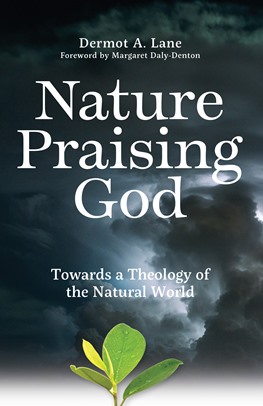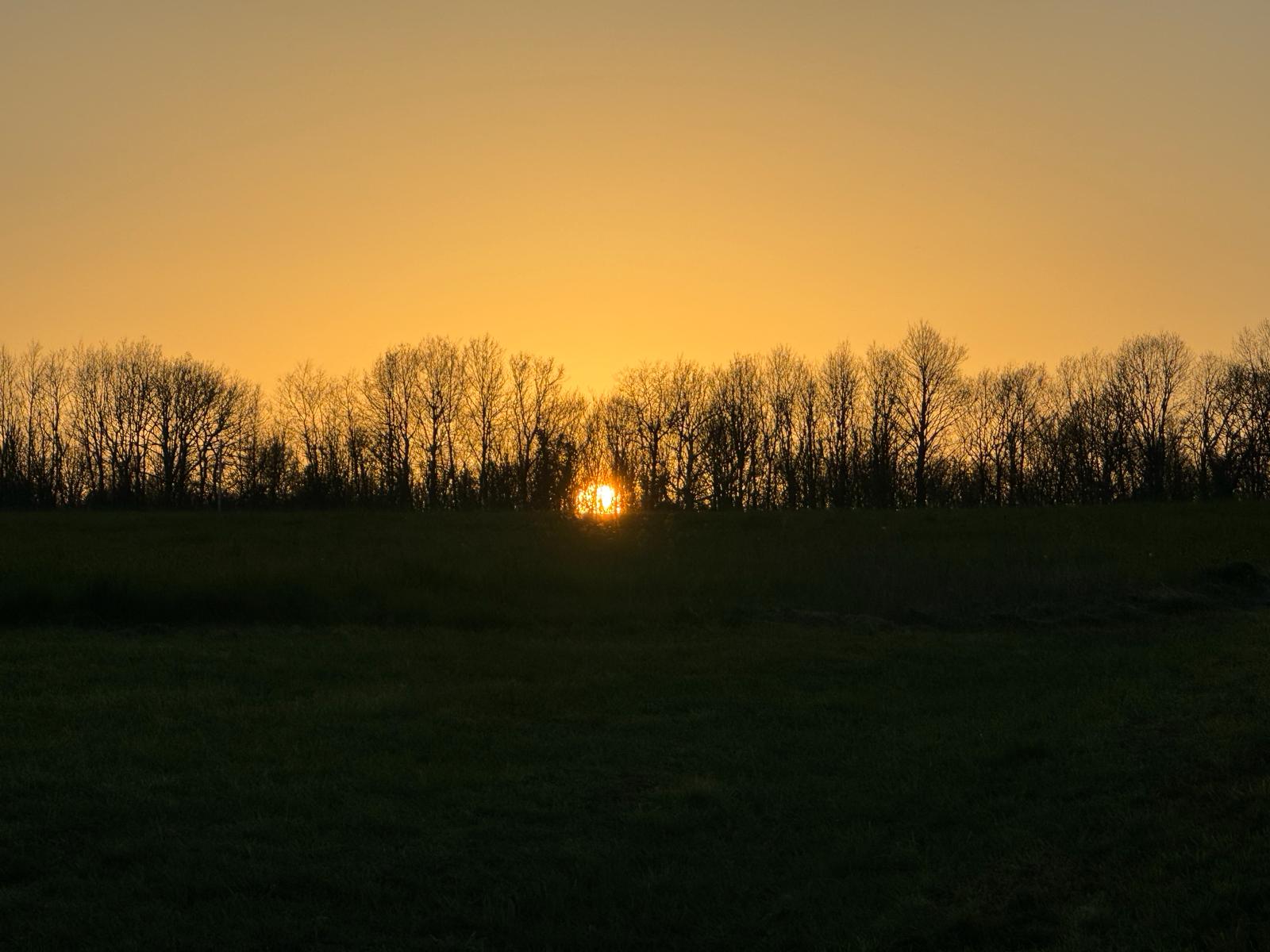In the same year as Charles Darwin sailed for Australia on the HMS Beagle and 150 years before the Intergovernmental Panel on Climate Change was established, Ralph Waldo Emerson published his seminal essay, Nature. Emerson had a knack for scandalizing the Unitarian and Congregationalist authorities of 19th century New England with his poetic and sometimes polemical writings in favor of a religious outlook that gave primacy to first-hand experience. Although his penchant was not for polemics, he nonetheless became a pariah among many of the establishment preachers of Harvard Divinity School. He broke with Trinitarian and Unitarian belief, maintained a low Christology, and argued that access to the Divine need not be mediated by religious authorities, but that each of us can find a living revelation of Divinity in nature. Before movements in ecotheology would take up the relationship of humanity and nature in light of the climate crisis, Emerson’s essay challenged a conventional, Calvinist theology of nature that justified a utilitarian dominion over the natural world. Rather, for Emerson, not only is nature sacred, it is nature that is ministering to us.
Readers of Emerson today, however, would hardly find his ideas scandalous or even all that radical. In many respects, his writings prefigure some of the most significant trends in religion today, including the rise of the “spiritual but not religious,” the decrease in religious affiliation and corresponding increase in reporting of mystical experience, and a return to nature as a locus for the spiritual life. If anything, Emerson would likely be critiqued for not being radical enough; too narrowly focused on the process of divinization and not on the moral implications of a universe imbued with spirit.
These critics would have a point. The theology of nature put forward by Emerson and the Transcendentalists was not sufficiently capacious to withstand its use as divine justification for America’s bloody westward expansion. It’s a complicated history. On the one hand, Emersonian philosophy paved the way for the birth of “America’s greatest idea” – the national parks system – and instilled the values of preservation, conservation, and recreation into American civic life. On the other hand, building the parks system necessitated the dispossession and forcible removal of native peoples from their lands, as noted by Mark David Spence in his book, Dispossessing the Wilderness: Indian Removal and the Making of the National Parks. The contradictions don’t stop there. Emerson was also an abolitionist, but he nonetheless ascribed to the “science” of racial hierarchy popular at the time. His theology challenged dogmatism and brought the Spirit back into colonial American religion, but this could not stop American frontiersmen from using God’s presence in nature as a divine mandate for exploiting the land and its native peoples.
Given the legacy of Emerson, we are left to wonder whether his theology of nature was too sentimental, lacking in a theory of justice and ultimately unsure of where humanity (especially non-white humanity) stands in relation to nature. The challenge, then, for any theology of nature that will meaningfully respond to the climate crisis without being coopted for nefarious purposes is to be sufficiently interdisciplinary; able to accommodate and weave together the common insight of all theologies interested in the pursuit of justice and peace. This insight is that the root of our disordered relationships resides in the human heart. “The mentality that exploits and destroys the natural environment is the same that abuses racial and economic minorities, that imposes on young men the tyranny of the military draft, that makes war against peasants and women and children with the indifference of technology,” Wendell Berry wrote in Think Little.
For this reason, a theology of nature for our time needs to embody, in a spirit of solidarity, the insight of Pope Francis in Laudato si’ that there is an inseparable bond “between concern for nature, justice for the poor, commitment to society, and interior peace.” This ability to connect a concern for climate with a theory of justice in an intersectional way has been the revolutionary contribution of the environmental justice movement, but it remains to be seen if our theologies of nature have come to the same broadness of vision.
Nature Praising God: Towards a Theology of the Natural World

A new book, Nature Praising God: Towards a Theology of the Natural World, by the Irish theologian, Fr. Dermot A. Lane, suggests the building blocks of this new theology of nature can come from an old source: the forgotten biblical insight that nature praises God.
The idea of recovering a conception of nature’s capacity for praise and worship is as much a biblical pursuit as it is an Emersonian one. “The happiest man is he who learns from nature the lesson of worship,” Emerson writes in Nature. Yet, perhaps unlike Emerson, Lane isn’t so interested in asking what humanity can get out of nature, even if it is some form of happiness or spiritual fulfillment. Rather, Lane’s book is an attempt to piece together the beginnings of a non-anthropocentric theology of nature.
Lane suggests that we can create new paradigms for our theologies of nature by recovering some of the ancient metaphorical language present throughout the Hebrew Bible, particularly the Psalter. Through this process of ressourcement, we find a poetic language that gives creation an agency and capacity for praise. Psalm 148, which is perhaps the preeminent example of this kind of language, says,
Praise him, sun and moon, praise him, all you shining stars Praise him, you highest heavens and you waters above the heavens! (Psalm 148:3-4)
If the literary and theological imagination of the Psalter is one in which nature gives praise to God, Lane reads these texts with a sensitive exegetical eye to draw out certain theological and anthropological questions. What does it mean to say that nature praises God? What implications does nature’s capacity for praise have for our theologies, our liturgy, our politics, and our relationship with the environment?
One of Lane’s chief aims in this book is to dispel the notion that biblical language about nature’s capacity for praise exists simply to inspire human beings to praise God. In this view, “Nature functions as a prompt or a stimulus for the worship of God by human beings. This is clearly an anthropocentric response,” he writes. Rather, this language is a way to grasp the “intrinsic value of the non-human world alongside the human.” If our relationship with nature remains one in which we are primarily concerned with what humanity can gain from it (even if we gain certain goods), we will nonetheless be locked into a transactional, utilitarian, and exploitative relationship with nature. The task, then, is to move from a ‘subject-object’ relationship with nature to a ‘subject-subject’ relationship, or in the words of Buber, an I-Thou relationship. It is also to recognise that nature itself has a ‘subject-subject’ relationship with God.
Nature Praising God is primarily a work of Biblical and systematic theology, but these theological explorations are ultimately in the service of an argument for liturgical reform. The bulk of this book concerns a summation of the major theological and biblical commentaries on the theme of nature praising God, as well as outlining the beginnings of a nature-based pneumatology and Christology. These various strands of theological reflection come together in the final chapter, where Lane writes, “Liturgy at present is in need of reform…Another way of spelling out the meaning of Nature Praising God [sic] is to suggest that the ‘who’ of liturgy is not simply human beings, but the whole living community of creation.”
Lane’s argument for liturgical reform takes up the unfinished work of the Second Vatican Council, though where Vatican II was concerned with re-centering the laity within the liturgy, Lane’s vision of liturgy is one in which the whole “community of creation” is present in giving praise and glory to God. Lane makes clear that this reform, if it is to be meaningful at all, must be radical. It is not simply about decorating the altar with branches and flowers nor about emphasizing nature as a theme in the liturgy. A liturgy for our time should enlighten us enough to see that “it is the whole living community of creation that gives glory to God the creator, and not just human beings.” This type of liturgical reform, then, is not merely ancillary to theology and concern for climate but is central to the type of theological and cultural reform Pope Francis invites us to in Laudato si’. Liturgy in this sense is a means for a fundamental change in our relationship with nature and creation; moving from a “throwaway culture” to a culture of respect and stewardship.
Lane’s book is a building block towards a theology of nature, but it is not that theology itself. As such, this is a book meant to be placed in conversation with other aspects of theological, sociological, historical, and political inquiry in order to explore certain questions that it does not attempt to answer. Questions like, “Why did we lose our sense of nature praising God?” “How did industrialization and the rise of neoliberal capitalism influence nature’s (in)capacity for praise?” Perhaps the most important question is, “How can this new theology of nature avoid the fate of Emerson’s well-intentioned, but ill-fated reform and resist becoming a tool of exploitation?” It seems we can answer this question using a concept from Lane’s own tradition of Catholic social thought: solidarity. The climate crisis is not an isolated problem but is implicated in every aspect of human life. Therefore, our theologies of nature cannot remain siloed subdisciplines, but must work in solidarity with liberative intellectual and political movements across disciplines and cultures.
Like the resurrection of the body, we struggle to imagine what a world in which nature once again praises God might look like. Lane, however, advises hope and imagination in the face of climate change. “After all, in the past, unimaginable futures have emerged; why assume that that trajectory is exhausted?”

Nick Scrimenti
Born and raised in Erie, Pennsylvania, Nick holds a B.A. in Theology from Georgetown University and a Master of Divinity from Harvard Divinity School, where he also earned a certificate in Religious Studies & Education. His interests lie mainly in comparative religion, interreligious understanding, and religious literacy. He is a freelance writer, amateur photographer, and producer, and his work can be found in Commonweal, Peripheries, and the Ministry of Ideas podcast.
Top image by Mircea Ploscar from Pixabay
Book cover by Liturgical Press







1 thought on “Nature Praising God: Towards a Theology of the Natural World by Dermot A. Lane”
Nick – thanks for this wonderfully thoughtful and thought-provoking review. I shall bring it to the attention of people who subscribe to our Earth Crisis blog space (https://my.wccm.org/spaces/10492704/feed). The links you make between environmental awareness and a commitment to social justice will be very helpful for many of us.
The glorious de-centering of humankind with the insight that nature is praising God made me reach for my copy of Hymn of the Universe (and The Mass on the World). I don’t know Teilhard well enough, but it feels like there’s a connection there…
(Also made me reach for my Essential Emerson – who thrilled me when I first discovered him many decades ago.)
Thanks once again, Nick – and all best,
Jim